6 Most Common Causes for Yellow Leaves
Written by Iris
Jul 19 2021
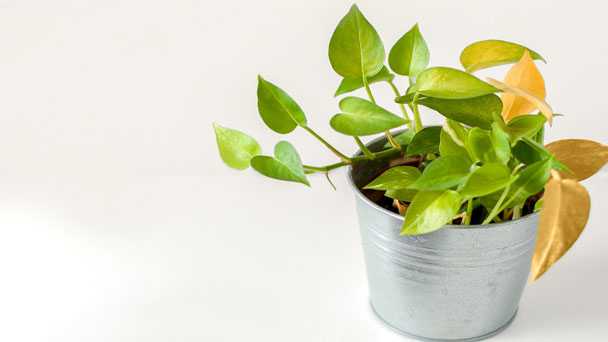
Yellow leaves are a symptom of different situations.Overwatering, underwatering, mineral deficiency, temperature stress, and so on can all be causes. Here are seven common reasons why your houseplant may develop yellow foliage.
To avoid either of these problems, start by making sure your plant is in a pot that has drainage holes in the bottom. These holes will allow excess water to drain away between watering. Then, only water your plants when the top inch of soil feels dry to the touch. Frequency may vary from pot to pot, depending on their size (larger pots with more soil generally need less frequent watering), season (most plants don’t use a lot of moisture during the dark days of winter) and plant type (succulents, for example, don’t require as much water as heavy drinkers such as peace lily).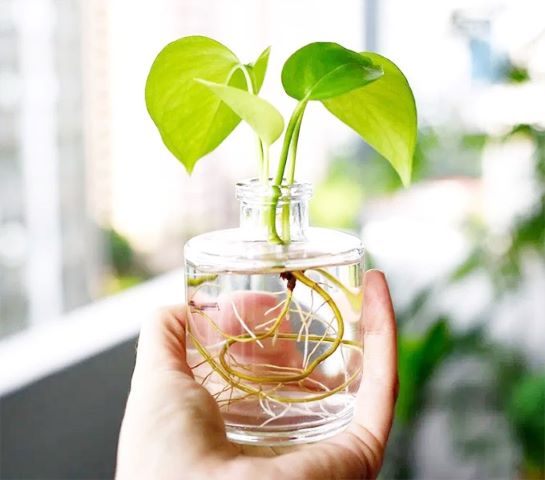
On the other hand, sun-worshipping houseplants such as succulents, croton, and jade plant may start to yellow if they are grown in dim conditions. Always read the plant label when you buy a new houseplant and place it in an appropriate spot where its light requirements are met.
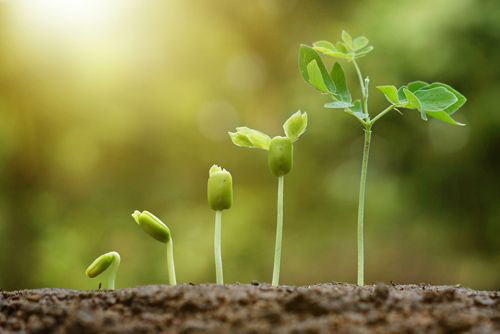
If your plant is near an air-conditioner vent in summer or a drafty window in winter, move it to a less turbulent place. Keep an eye on it to see if the yellow leaves spread any further. It's also a good idea to mist tropicals that you're overwintering to increase the humidity.
This is generally not a problem when you first buy a plant because they are grown and sold in nutrient-rich potting mix (and most of our plants come with a time-release fertilizer added). But, after a while, your plants will use up the food they came with and need an occasional boost of plant food to maintain healthy leaves. To keep your plants in top form, offer them a little dilute liquid fertilizer every time you water.
It's important to try and diagnose the problem properly or you might kill a plant that can otherwise be brought back to health. It can be a good investment to purchase a small soil kit for at-home soil tests. Being able to accurately pinpoint the needs of your plant will greatly help. This will help keep your plants happy and healthy.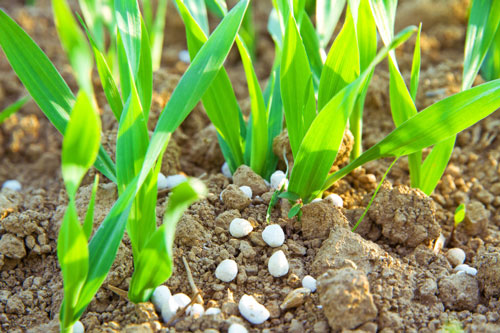
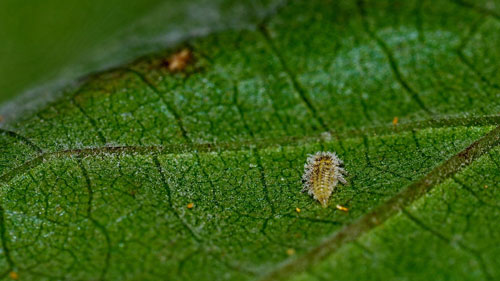
Water
Overwatering or underwatering are two common causes of yellow leaves. If plants don't receive enough water, they drop leaves to prevent transpiration to conserve water. Before they drop, though, the leaves will typically turn yellow. If the soil is dry and this is happening, make it a point to get the plant on a regular watering schedule. Too much water, on the other hand, will often kill your plant’s roots because they can’t breathe in waterlogged soil. This will also cause your plant to produce yellow leaves.To avoid either of these problems, start by making sure your plant is in a pot that has drainage holes in the bottom. These holes will allow excess water to drain away between watering. Then, only water your plants when the top inch of soil feels dry to the touch. Frequency may vary from pot to pot, depending on their size (larger pots with more soil generally need less frequent watering), season (most plants don’t use a lot of moisture during the dark days of winter) and plant type (succulents, for example, don’t require as much water as heavy drinkers such as peace lily).

Light
Houseplants can also develop yellow leaves if they are getting too little light. Plants such as tropical ferns, nerve plant, and calathea that receive too little light will often start to yellow on the lower leaves before those leaves drop. If this is the case, move the plant to a sunnier location and see how it does. If window light is tough to come by in your home—especially in winter—you might need to rig up an artificial plant light or two.On the other hand, sun-worshipping houseplants such as succulents, croton, and jade plant may start to yellow if they are grown in dim conditions. Always read the plant label when you buy a new houseplant and place it in an appropriate spot where its light requirements are met.

Maturity
As plants get older their lower leaves will often turn yellow and fall off. This doesn’t mean your plant is ill. It just means that those lower leaves are now being shaded by higher foliage and are no longer needed by the plant. Also, remember that many common houseplants are actually trees in their natural habitats and that dropping leaves is just part of the process of them trying to form a trunk as they get taller. Norfolk Island pines, for example, have a tendency to sacrifice their lower boughs as the trees grow taller and taller.
Temperature
Houseplants are tropical in nature and don’t enjoy weather extremes. If they are forced to live too close to a heat vent, fireplace, air conditioner or drafty window or door, your plants may show how unhappy they are by dropping yellow leaves. Most houseplants thrive in temperatures between 65 and 80 degrees F.If your plant is near an air-conditioner vent in summer or a drafty window in winter, move it to a less turbulent place. Keep an eye on it to see if the yellow leaves spread any further. It's also a good idea to mist tropicals that you're overwintering to increase the humidity.

Nutrients
Houseplants will also develop yellow or splotchy leaves if they are missing out on some key nutrients in the soil. If this is the problem, the plant's top leaves may be the first to go yellow. In other cases, you might notice an unusual pattern to the yellowing. For instance, the veins may remain dark while the tissue between them turns yellow.This is generally not a problem when you first buy a plant because they are grown and sold in nutrient-rich potting mix (and most of our plants come with a time-release fertilizer added). But, after a while, your plants will use up the food they came with and need an occasional boost of plant food to maintain healthy leaves. To keep your plants in top form, offer them a little dilute liquid fertilizer every time you water.
It's important to try and diagnose the problem properly or you might kill a plant that can otherwise be brought back to health. It can be a good investment to purchase a small soil kit for at-home soil tests. Being able to accurately pinpoint the needs of your plant will greatly help. This will help keep your plants happy and healthy.

Pests
Indoor plant pests such as aphids and spider mites can also be the cause of yellow leaves on your houseplants. Both suck plant juices causing leaves to look anemic and faded. Aphids resemble small grains of rice attached to the end of the stems. Spider mites are almost impossible to see with the naked eye, but they create fine-hair like webs on the undersides of your plants’ leaves. Both pests can be controlled with an organic houseplant insecticide. These pests also thrive in dry air so keep the humidity level high around your plants.
Latest Updated
- Benefits of Bugleweed - 7 Science-backed Health Benefits
- Bugleweed Dangers & Side Effects - Is It Poisonous?
- How to Plant Evergreen Trees - What You Should Know
- When to Plant Evergreens - Grow Guide for Evergreen Trees
- 12 Wonderful Evergreen Shrubs for Your Garden
- 12 Popular Evergreen Plants with Pictures for Beginners
- When And How To Prune A Lilac Bush Like a Pro
- How to Grow & Care for Lilac Vine (Hardenbergia Violacea)
- Japanese Lilac Tree (Syringa Reticulata) Care & Propagation Guide
- Shumard Oak Pros and Cons - What to Know
Popular Articles
- Winter maintenance of Antirrhinum Majus
- How to Grow Terminalia Mantaly Tree
- How to Grow and Care for Crossostephium Chinense
- How to grow Antirrhinum Majus in spring
- Peristeria Elata (Dove Orchid) Profile: Info & Care Guide
- Underwatered Snake Plant (Sansevieria Trifasciata) - Signs And How To Fix
- How to Care for Brazilian Jasmine Plant (Mandevilla Sanderi)
- How to Grow & Care for Graptopetalum Purple Delight in Summer
- Rosa Chinensis (China Rose): Plant Growing & Care Tips
- How to Care for Baby Sun Rose (Aptenia Cordifolia)